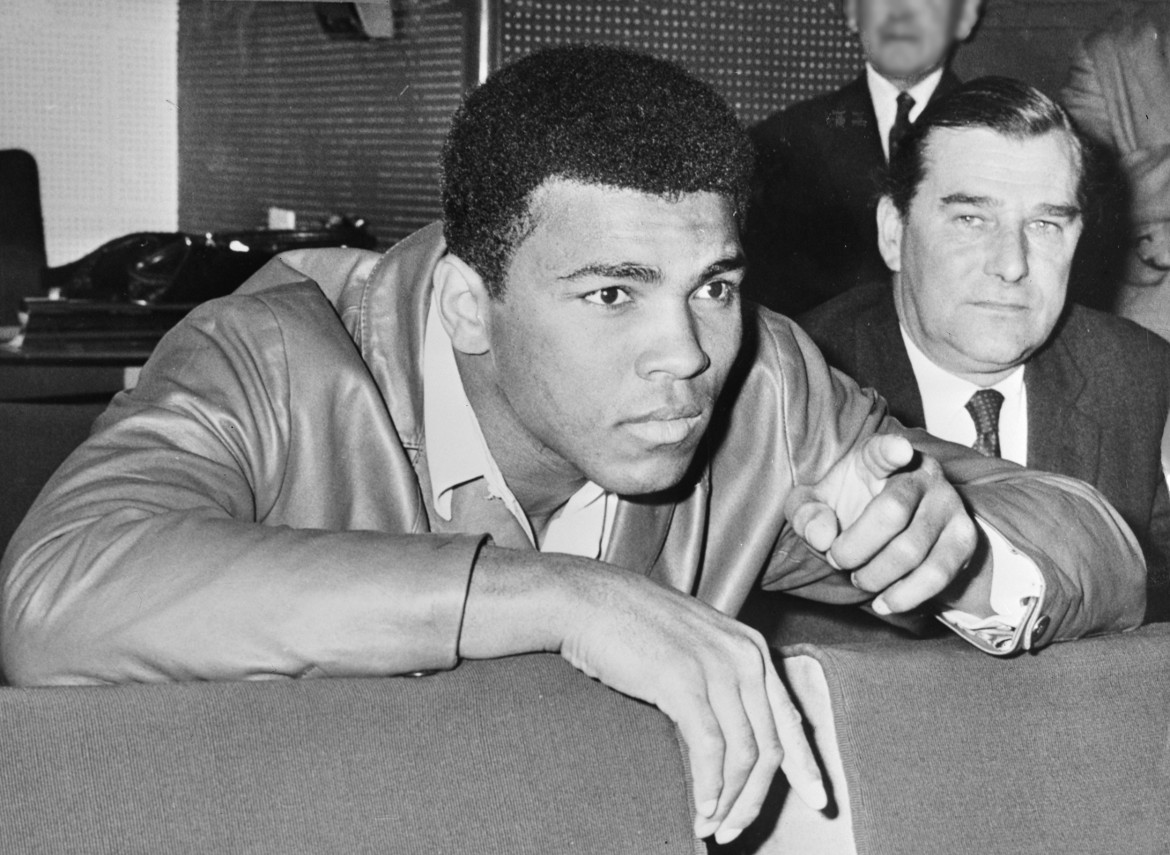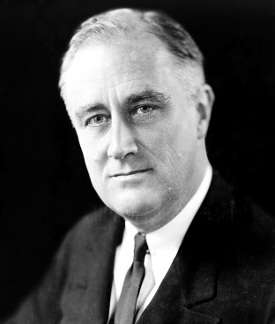“Big Brother does not watch us, by his choice. We watch him, by ours. There is no need for wardens or gates or Ministries of Truth. When a population becomes distracted by trivia, when cultural life is redefined as a perpetual round of entertainments, when serious public conversation becomes a form of baby-talk, when, in short, a people become an audience and their public business a vaudeville act, then a nation finds itself at risk; a culture-death is a clear possibility.” – Professor Neil Postman
If there are two spectacles that are almost guaranteed to render Americans passive viewers, incapable of doing little more than cheering on their respective teams, it’s football and politics – specifically, the Super Bowl and the quadrennial presidential election.
Both football and politics encourage zealous devotion among their followers, both create manufactured divisions that alienate one group of devotees from another, and both result in a strange sort of tunnel vision that leaves the viewer oblivious to anything else going on around them apart from the “big game.”
Both football and politics are televised, big-money, advertising-driven exercises in how to cultivate a nation of armchair enthusiasts who are content to sit, watch, and be entertained, all the while convincing themselves that they are active contributors to the outcome. Even the season schedules are similar in football and politics: the weekly playoffs, the blow-by-blow recaps, the betting pools and speculation, the conferences, and then the final big championship game.
In the same way, both championship events are costly entertainment extravaganzas that feed the nation’s appetite for competition, consumerism, and carnival-esque stunts. In both scenarios, cities bid for the privilege of hosting key athletic and political events. For example, San Francisco had to raise close to $50 million just to host the 50th Super Bowl, with its deluxe stadium, Super Bowl City, free fan village, interactive theme park, and free Alicia Keys concert, not including the additional $5-million cost to taxpayers for extra security. Likewise, it costs cities more than $60 million to host the national presidential-nominating conventions for the Republicans and Democrats.
Don’t get me wrong. I’m not suggesting that there is anything wrong with enjoying the entertainment that is football or politics.
However, where we go wrong as a society is when we become armchair quarterbacks, so completely immersed in the Big Game or the Big Campaign that we are easily controlled by the powers-that-be – the mega-corporations that run both shows – and oblivious to what is really going on around us.






 It’s the latest rage among American leftists to point out that Donald Trump has fascist proclivities. A recent example is Robert Reich, who was secretary of labor under President Bill Clinton from 1993 to 1997. In
It’s the latest rage among American leftists to point out that Donald Trump has fascist proclivities. A recent example is Robert Reich, who was secretary of labor under President Bill Clinton from 1993 to 1997. In 








